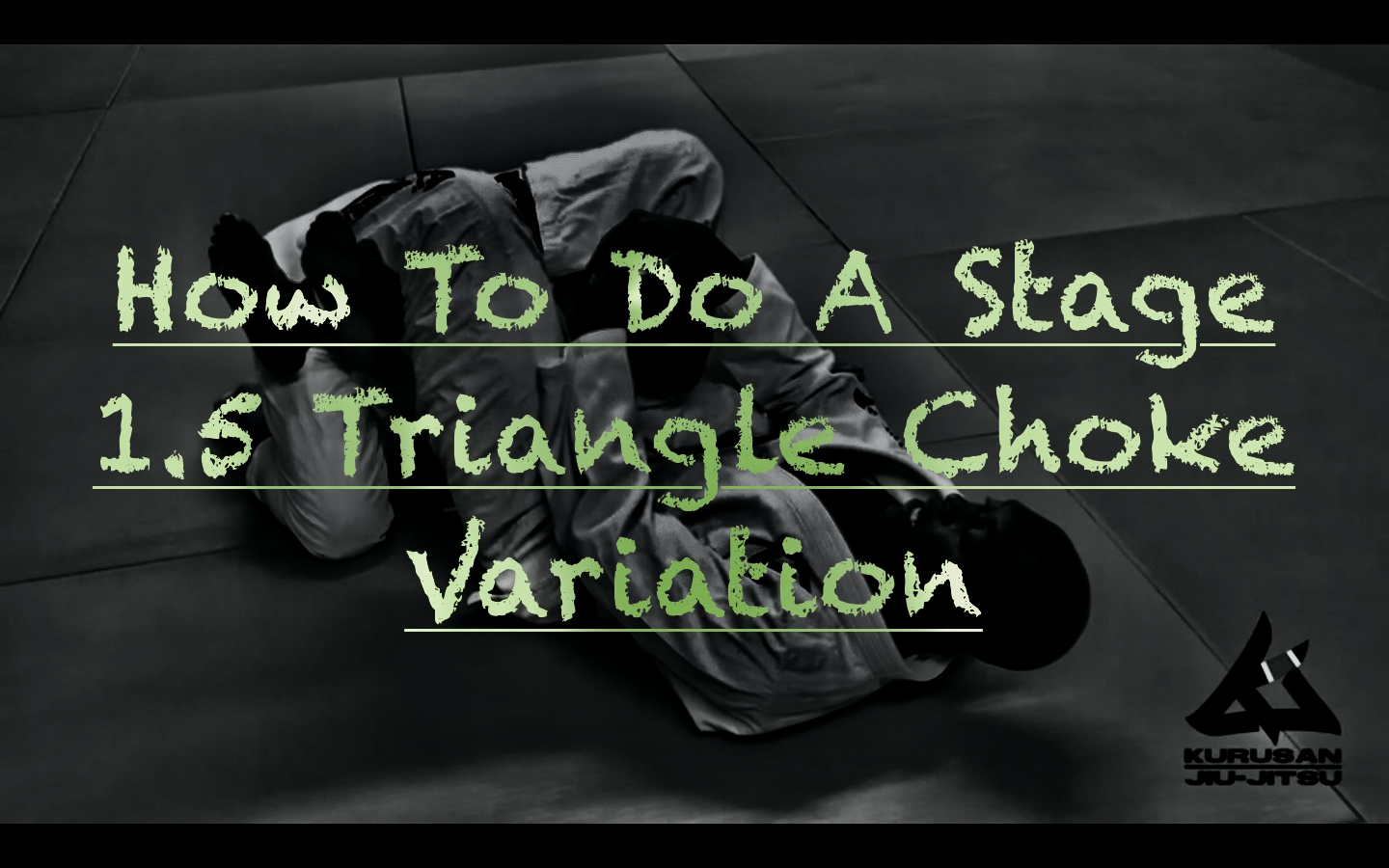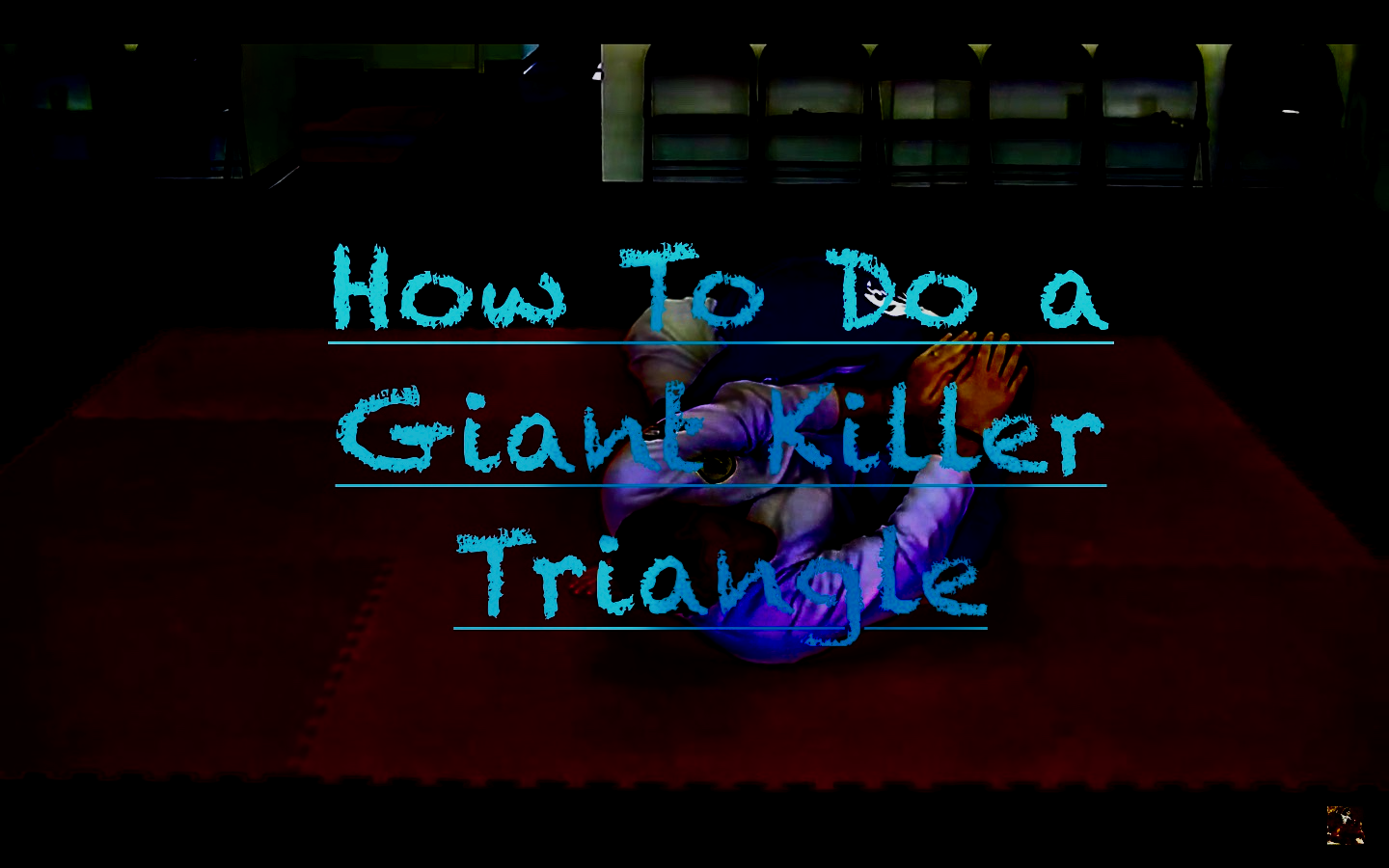
Some say that the UFC and Brazilian Jiu-Jitsu truly made it in the world when Friends did an episode about it. And in the opening to that episode “The One With The Ultimate Fighting Competition,” there was reference to a fish hook.
Monica: “It’s sort of like wrestling, but without the costumes.”
Joey: “And it’s not fake. It’s totally brutal.”
Chandler: “Yeah, it’s two guys in the ring and the rules are THERE ARE NO RULES”
Monice: “You can, like, bite and pull people’s hair and stuff?”
Ross: “Anything goes except eye gouging and fish hooking.”
Monica: “What’s fish hooking?
Ross: “What’s fish h—”
*interrupted by Joey fish hooking him*
Ross: “thanks man that would have been really hard to describe”
So of course when the Gracie family wrote out their BJJ Blue Belt Test, they included fish hooking. The fish hook that is actually used in BJJ isn’t as dangerous or disgusting as the Friends fish hook, but they do share a name.
In actual BJJ the fish hook is a technique for escaping the mount when your opponent is wise to your standard elbow escape and hides their leg from you, and this sneaky ninja move will let you work around that.
Start: Mounted, opponent has tight legs securing you
Step 1: Bend your knee on the side you’d like to extract first until opponent’s foot pops up and over your knee
Step 2: Hook your other foot under opponent’s foot (this is your fish hook)
Step 3: Lift opponent’s foot up with your hand while you push down on their knee with your elbow to clear the path for your extraction leg (this is your fish hook
Step 4: Swim extraction side hand over opponent’s shoulder and then over their neck to grip opposite side shoulder
Step 5: Step extraction side foot over opponent’s leg from the outside to trap it
Step 6: Extract trapped leg by slicing knee inside of opponent’s knee and switching jips for more room
Finish: Closed guard via fish hook elbow escape from mount





